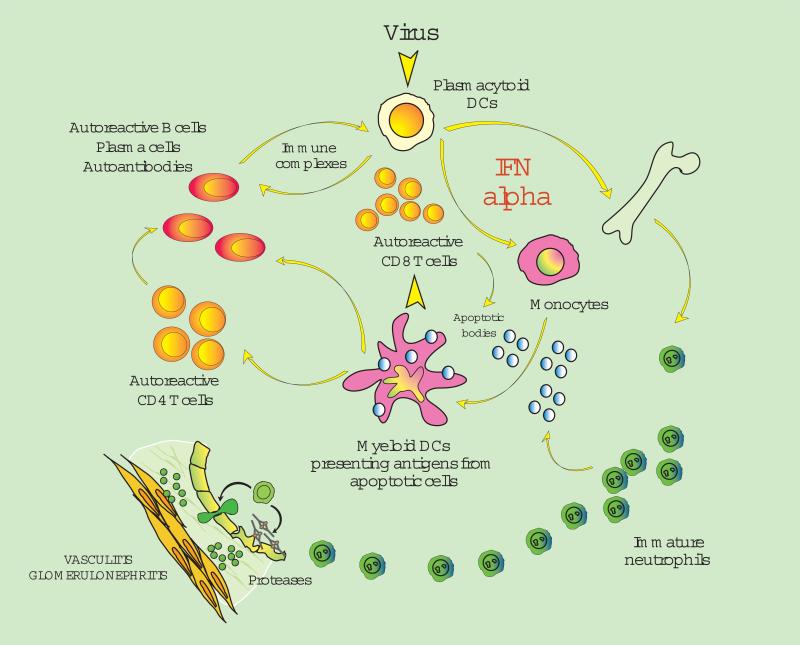Figure 7. A unified view of SLE pathogenesis.
SLE flares are often associated to environmental triggers like viral infections. Thus, infection could trigger the unabated production of type I IFN in SLE patients. Increased bioavailability of type I IFN induces and maintains the generation of mature DCs, tilting the fate of autoreactive T lymphocytes which have escaped central tolerance from deletion to activation. These mature DCs activate cytotoxic CD8+ T cells to generate nucleosomes which can be captured and presented by IFN-DCs. Together with IL-6, type I IFN promotes the differentiation of mature B cells into plasma cells. Thus, the effects of type I IFN on DCs, B and T cells could explain the breakdown of tolerance to nuclear antigens, autoantibody secretion and IC formation characteristic of SLE. Innate immunity cells such as neutrophils may also contribute to lupus pathogenesis and end organ damage. (Original figure published in J. Exp. Med. 2003 Mar 17;197(6):711-23)

